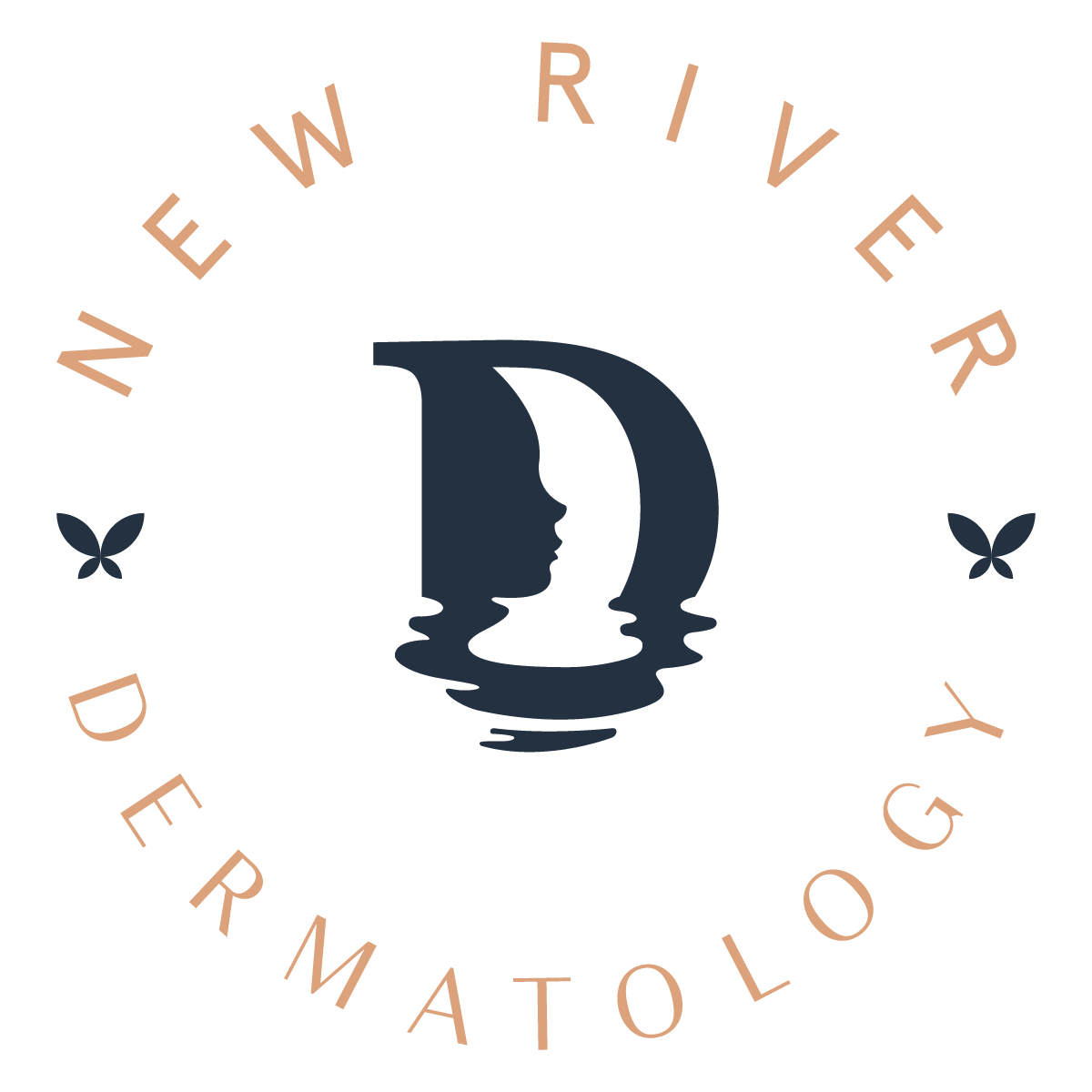The Lowdown on Stretch Marks
Stretch marks are an extremely common skin condition that often makes people uncomfortable and embarrassed. However, it’s important to understand what these discolorations are, how they develop, and what your options are for the future.
What are stretch marks?
Stretch marks are a scar that forms when your skin stretches or shrinks rapidly. This abrupt change causes the collagen and elastin -- your skin support -- to rupture, leaving behind the scars we refer to as stretch marks. These marks, showing up as thin stripes or lines on the skin, often fade over time and don’t pose any serious health risks.
Stretch marks are extremely common and have various causes: Rapid growth spurts during puberty Pregnancy Abrupt weight gain or loss Rapid muscle growth from intense workout programs Occasionally an underlying health condition, such as Marfan Syndrome (causes decreased elasticity of skin) or Cushing’s Syndrome (leads to rapid weight loss and skin frailty)
It’s important to remember that, while sometimes unsightly, stretch marks do not mean that you are overweight or unhealthy.
How long do stretch marks last?
When these scars first appear, they tend to be red, purple, pink, reddish-brown, or dark brown, depending on your skin color. They may be raised or itchy in the beginning, but fade over time to a silvery shade and sink below the skin. When you run your finger over a mature stretch mark, you will feel a slight depression in the skin. Like other scars, stretch marks are permanent, but treatment and time can make them less apparent.
How are stretch marks prevented?
Although it’s a common belief that home remedies like olive oil, cocoa butter, and vitamin E prevent stretch marks, there is little evidence of that.
It is, however, possible to reduce your risk of scarring by following basic health rules: Maintain a healthy weight Eat a balanced diet (avoid yo-yo dieting) Try to slowly and gradually gain weight during your pregnancy Drink 6 to 8 glasses of water every day
Nourishing and caring for your body will help you avoid most health conditions, but physical changes like stretch marks are natural.
Can stretch marks be treated?
There is little medical evidence on the effectiveness of current stretch mark treatments. The treatments that do seem to help will, at most, only make the scarring less noticeable. They will not remove them.
Here are a few things to remember when treating your stretch marks: The earlier the better. If you wish to treat your stretch marks, try to catch them early on. Mature scarring is permanent and will only fade over time. Creams, gels, and lotions. If you choose to try one of these treatments, use on a young scar and massage gently every day for several weeks. If there is any improvement, it will occur after weeks of steady application. Tanning. Though tanning tends to make your scars more noticeable, a self-tanner can help camouflage some stretch marks. Prescription medications. There are three ingredients in over-the-counter medications that may help make stretch marks less noticeable and keep them from growing: hyaluronic acid, tretinoin or retinol
Although stretch marks happen to almost everyone and are naturally occuring, if you find yourself obsessing over them or your stretch marks are severe, see a dermatologist. Dermatologists can offer more intense treatments including chemical peels, laser therapy, microdermabrasion, radiofrequency, and ultrasounds. Your dermatologist will inform you of the safe and effective options for you based on your age, health, and risk factors. They may also recommend having several procedures performed together for maximum benefit. Though some side effects are always possible, the after effect of procedures performed by a board-certified dermatologist tend to be minor and temporary. Schedule an appointment with us today.
